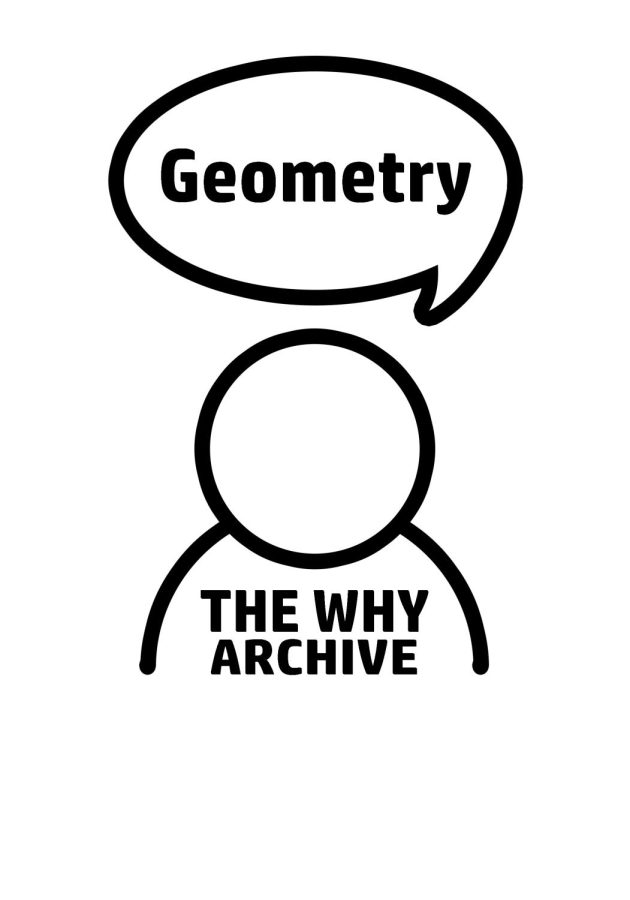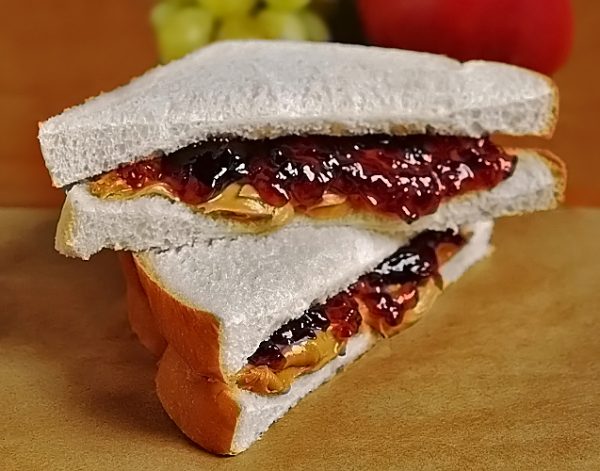The Why Archive: Geometry
“I think the universe is pure geometry – basically, a beautiful shape twisting around and dancing over space-time.” –Antony Garrett Lisi
I am not one to enjoy a math class. Ever since we had to learn division, I was not having it. I just barely put those numbers together, now you want me to take them apart? However, if there was one class I was really not interested in, it was geometry. I took it as a freshman, which wasn’t great in itself, but the sheer number of theorems drove me insane. Learning about the Vertical Angle Theorem, and how Side-Angle-Side is a thing, but not Angle-Side-Side, and how a2+b2=c2 for some reason made me want to just quit school altogether. I myself asked several times “where am I going to use this outside of construction?” Granted, I did actually use some geometry the summer after I took the class, but that was a single aspect of geometry, and I had three trimesters worth of seemingly useless information.
However, over the course of the last two weeks, I learned a lot about what Geometry really hopes to accomplish as a class. So, thank you Mr. Lindsay and Mrs. Blomquist for your insights into this branch of mathematics. Ladies and gentlemen, welcome back to the Why Archive.
Two weeks ago, if you remember, we discussed 9/11 and its historical relevance. You can see that article here. This week’s topic is obviously a lot more lighthearted, being about math and all, but that doesn’t mean I’m taking it any less seriously. This is after all, only the second of a year’s worth of articles, which means I need at least 16 more topics. You can always email me suggested topics at [email protected], talk to me in the halls, send a carrier pigeon, or leave a comment at the bottom of this or any of the other Archive pages. (Note: Please make sure that all pigeons are properly certified).
Now, we all know that geometry is often used in construction. That makes sense to most, if not all, of us. If you’re building a house and need to put a door in, you should probably make sure that your doorway is actually a rectangle. You take the diagonals of the doorway, and if they’re the same, then you’ve got yourself a mighty fine rectangle. However, that doesn’t explain why every student has to take geometry to graduate. If I’m going into construction, why not just take a geometry class then? Well, it’s actually a lot more in depth than that.
According to Merriam-Webster, Geometry is defined as “a branch of mathematics that deals with the measurement, properties, and relationships of points, lines, angles, surfaces, and solids.” Basically, it’s the math attached to physical objects. Where algebra mainly deals with numbers, x’s, and other ideas, geometry is a lot more geared towards the physical side of things. Mrs. Blomquist says that “….it actually puts pictures along with the math, because then students who don’t understand Algebra sometimes will really understand math and have that ‘Aha’ moment”.
Geometry is a lot more intuitive than other math types, because we’ve been doing it since we were in kindergarten. Look at the shape of your screen. Tell me what shape it is. Odds are it’s a rectangle, but even if it isn’t, you probably recognized the shape. This is geometry. Granted, it’s extremely basic, but it is still geometry. This is probably one of the main reasons that people don’t like geometry: it’s just assigning numbers to things that we already do every day. However, there is more to it than that.
You use the principle of the length of a straight line when measuring from point A to point B. You use the pythagorean theorem to determine Altitude. You use angles when making a turn in a car. Geometry is just putting numbers to things that you already do. And, pool or billiards is built entirely on principles of geometry. However, it goes even more into your everyday life.
Geometry isn’t exclusively about learning shapes, it’s also a vessel for learning logical thinking skills. Like Mr. Lindsay said, “Geometry is the Debate aspect of math…” Proofs, which is probably the worst part of geometry class, are a great way to teach “if…then…” principles. Again, this part is extremely intuitive to most of us. We talk about it in science and math, and your brain even does this on its own, i.e. “If I touch a hot stove, then I will get burned.” However, it is important to ingrain that into our memories.
That is one of the main tools that we use as human beings: Actions and Consequences. If I decide that I’m going to hit a teacher, then that choice will have consequences. If I choose to verbally tear into my friend because I fly off the handle, then I also deal with those consequences. However, that goes the other way. If I put in work to get an A in the class, then that’s the grade that I’ll probably get. It’s one of the laws that defines the universe: For every action, there is an equal and opposite reaction.
Geometry is so much more than just a bunch of proofs and theorems. The things that you seem to be learning on the surface are really vessels for real-life principles. Whether it’s something you do every day without realizing it, or just the life principle of actions and consequences.
Thank you for joining me this week in the Archive! Thanks again to Mr. Lindsay and Mrs. Blomquist for their insights into geometry, and thanks to the student who submitted their suggestion for the topic. And of course, thanks to all the readers from the last article, and those who read this one. Join me on October 6th for the next article, topic undecided. See y’all later, and have a great rest of your day!









